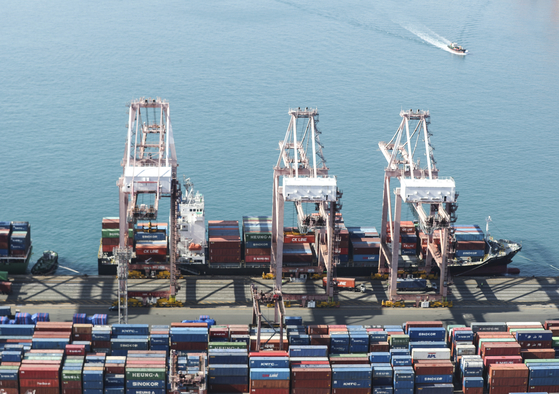Tổng số bài đăng 29.
According to a report from the Ministry of Commerce of Cambodia, from January to September 2024, Cambodia exported 6,76 billion USD worth of goods to RCEP countries, an upsurge of 16.3% over the same period last year. Meanwhile, Cambodia’s imports from RCEP countries amounted to 18.78 billion USD, a year-on-year increase of 17.3% compared to the first 9 months of 2023. Cambodia's five largest RCEP’s trading partners are China, Vietnam, Thailand, Japan and Singapore.

According to the Secretary of State and Spokesman at the Ministry of Commerce, Penn Sovicheat, the figure has demonstrated that countries in the RCEP has become increasingly significant trading partner for Cambodia and RCEP is a driving force behind the country’s trade growth. He emphasized that “Despite rising protectionism and weakening global demand, the RCEP has given a boost to regional trade cooperation, bringing great benefits to all member countries”.
The RCEP trade bloc has played a significant role in driving Cambodia’s economic growth by attracting foreign direct investment and generating new business opportunities. The increase in exports to RCEP highlights the market's demand for Cambodian products, and there exists beliefs and optimism that this positive trend will continue to bring about benefits for Cambodia's economic development and prosperity.
The country's policy of international economic integration is also shown through the views of the Cambodian Leaders when Prime Minister Hun Manet has indicated that Cambodia is also pursuing free trade agreements with additional countries, urging stakeholders and producers to maintain standard and trust in existing markets. The Prime Minister aims to shift Cambodia's economy from relying on the export of raw materials to one that produces semi-finished and finished goods for both domestic consumption and export, ultimately enhancing the livelihoods of the Cambodian people.
The RCEP agreement, which took effect on January 1, 2022, includes 15 countries from the Asia-Pacific region, comprising the 10 ASEAN members—Brunei, Cambodia, Indonesia, Laos, Malaysia, Myanmar, the Philippines, Singapore, Thailand, and Vietnam—along with five trading partners: China, Japan, South Korea, Australia, and New Zealand. As the world’s largest trade bloc, the RCEP region boasts a combined GDP of $26.2 trillion, accounting for roughly 30% of global GDP, 28% of global trade, and 32.5% of global investments.
Overall, the RCEP Agreement has brought about tangible benefits to Cambodia, helping the country move towards the next stage of development faster and engage more in the global supply chain. However, according to some academic studies, to make the most of the opportunities brought by the RCEP Agreement, Cambodia as well as some other ASEAN countries also need to carry out deeper economic structural reforms, improve internal capacity, enhance the competitiveness of domestic firms, especially small and medium enterprises, develop infrastructure, facilitate trade as well as domestic and foreign investment, improve improving service linkages and trade, creating digital trade and investment, and developing key human capital resources, thereby allowing Cambodia as well as some other ASEAN countries to engage deeper in global supply chain.









